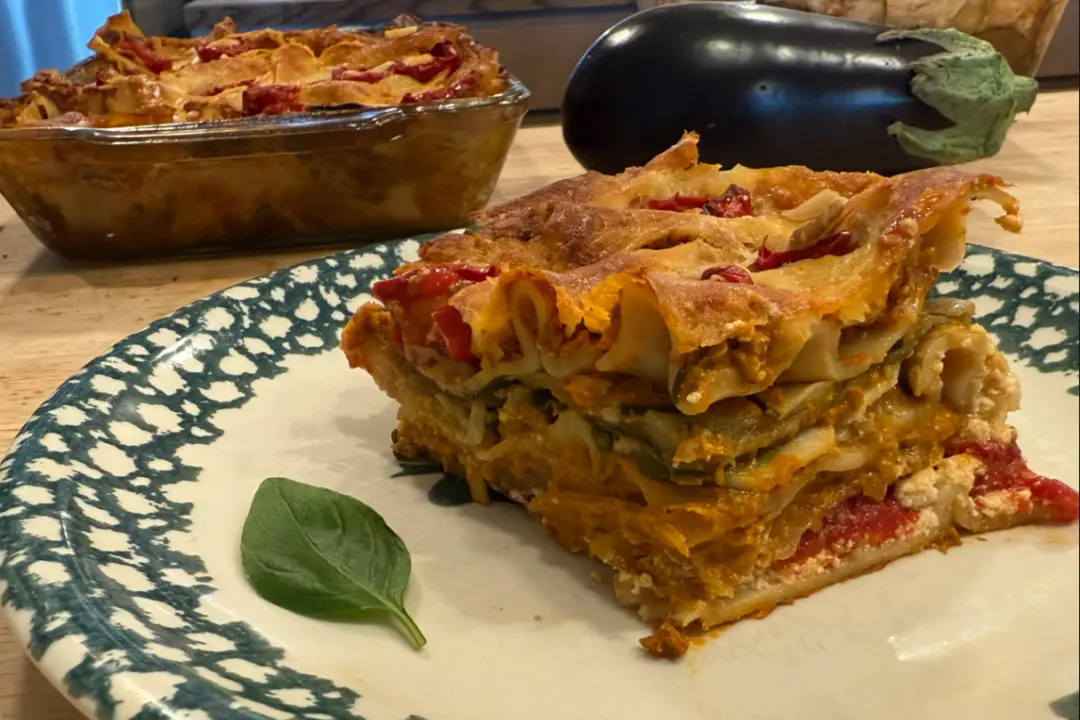At the farmers markets of the West, it’s common to find morel mushrooms for sale in little baskets. They look gnomish, with honeycomb-like caps atop stubby stalks, each individual with a slightly different shape and posture.
Wild to the core, this stubborn species of fungus has refused all efforts at domestication and only grows where it chooses. This means every single morel you’ll ever see was hunted and harvested by hand, in the wild. Morels offer mysterious woodland flavors, usually with a hint of smoke, as the vast majority are plucked from the charred ashy landscapes left behind by forest fires. From such rough and tumble upbringings, you can bet those morels have stories.





